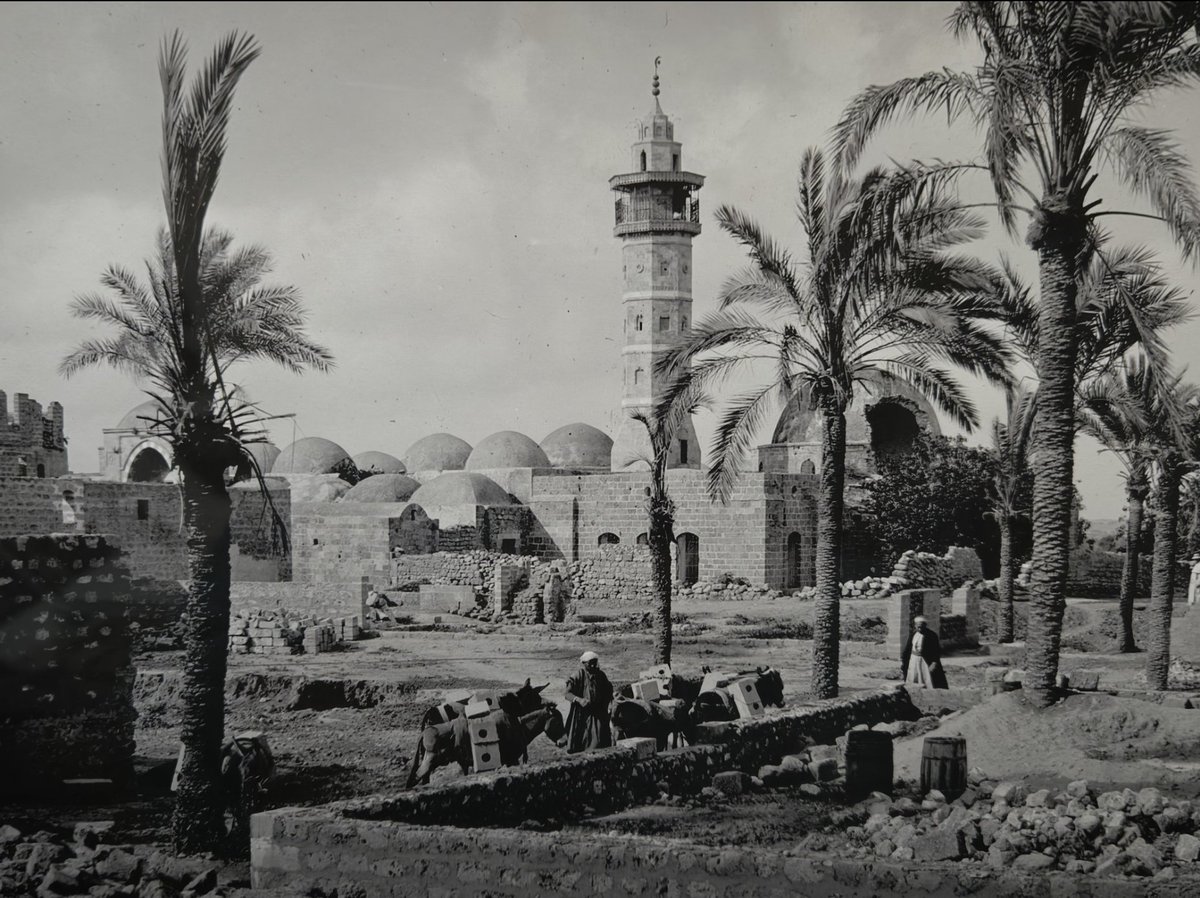The Dawn of History in Southeast Asia
This inscription is arguably the oldest written document is the history of Southeast Asia and intriguingly, it starts with what seems to be an outrageous fib.
This inscription is arguably the oldest written document is the history of Southeast Asia and intriguingly, it starts with what seems to be an outrageous fib.

The inscription is one of seven carved on sacrificial Vedic yupa posts, which strongly resemble menhirs, erected by a King called Raja Rajendra Mulavarman around 400CE. Here the Mahabharat is invoked by the Raja who has made a sacrifice in the Kutei region of Borneo. 

Mulavarman compares himself to Yudhistra of the Mahabharat and says he defeated his enemies and made them pay tax. He also claims to have brought many Shaivite Brahmins from India into his kingdom. 

The text is written in Sanskrit in the Pallava grantha script developed in Kanchipuram in Tamil Nadu and it records in detail a Vedic fire sacrifice- except what it says sounds most improbable. 

As one historian dryly noted: "Mulavarman's claims of having presented his court Brahmins with at least twenty thousand - and perhaps as many as ninety thousand - cattle, in a heavily forested region where indigenous societies have no known history of large-scale cattle herding.. 

... and are more likely to have used buffalo, pigs, and even chickens as ceremonial gifts and sacrifices), does beggar belief. The other gifts listed seem, on the whole, no more plausible. Ghee for example is not commonly used by Southeast Asians. 

"This combination of hyperbole and general implausibility probably indicates that the list of gifts was more symbolic than real." 

Its a fascinating inscription because it seems to record the moment the rulers of the region embraced not just Hinduism (+ Brahmins + Vedic sacrifices) but also the written language of the Pallava kingdom of Tamil Nadu, which became the basis for every script in modern SE Asia. 

It also proves that these changes came not with the sword, but peacefully with the lure of civilisational & spiritual sophistication, as Mulavarman's grandfather has an indigenous non-Sanskrit name: Kadunga. Indianisation, in other words, has come with conversion not conquest. 

Correction! This inscription is the oldest in Indonesia*. The oldest inscription in SE Asia is found at at Vo-Canh on the SE coast of Vietnam. Its script is Old Cham, v similar to the S Indian scripts of the Ikshvaku/Nagarjunakonda kingdom who see to have traded with the Chams.
• • •
Missing some Tweet in this thread? You can try to
force a refresh





























